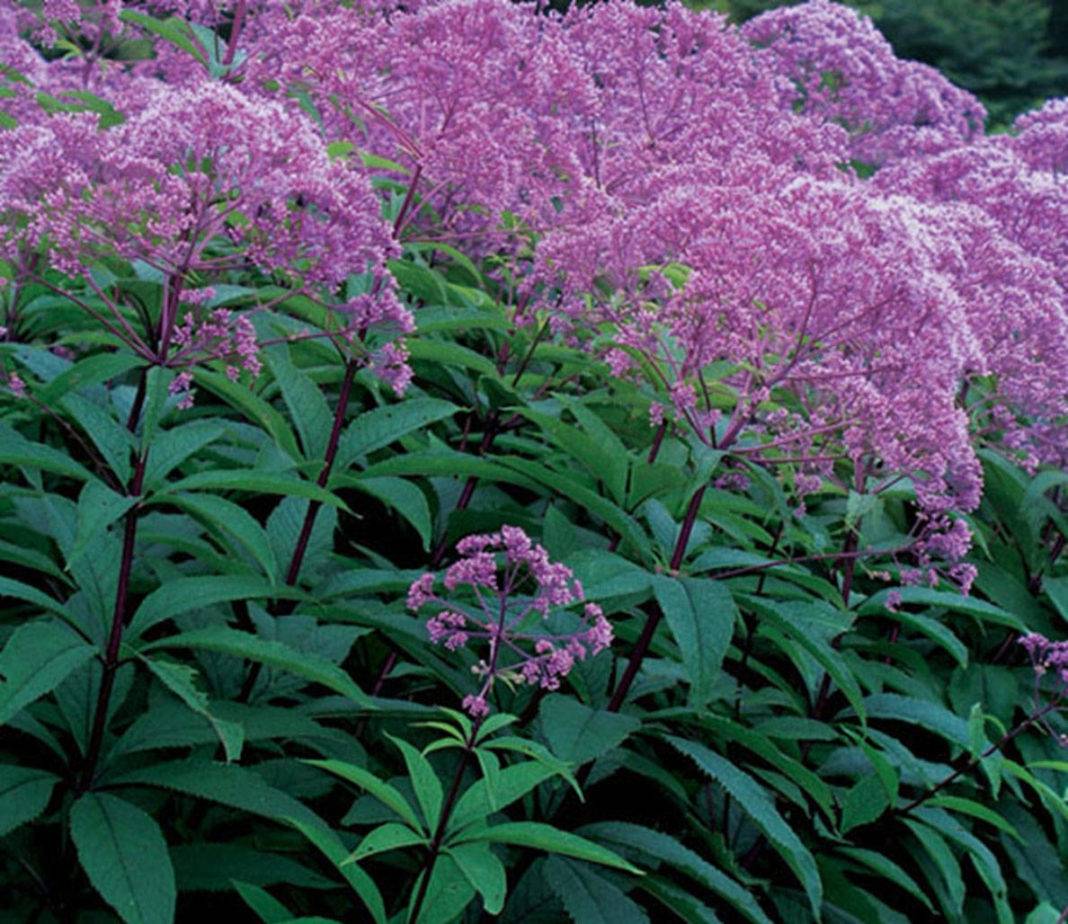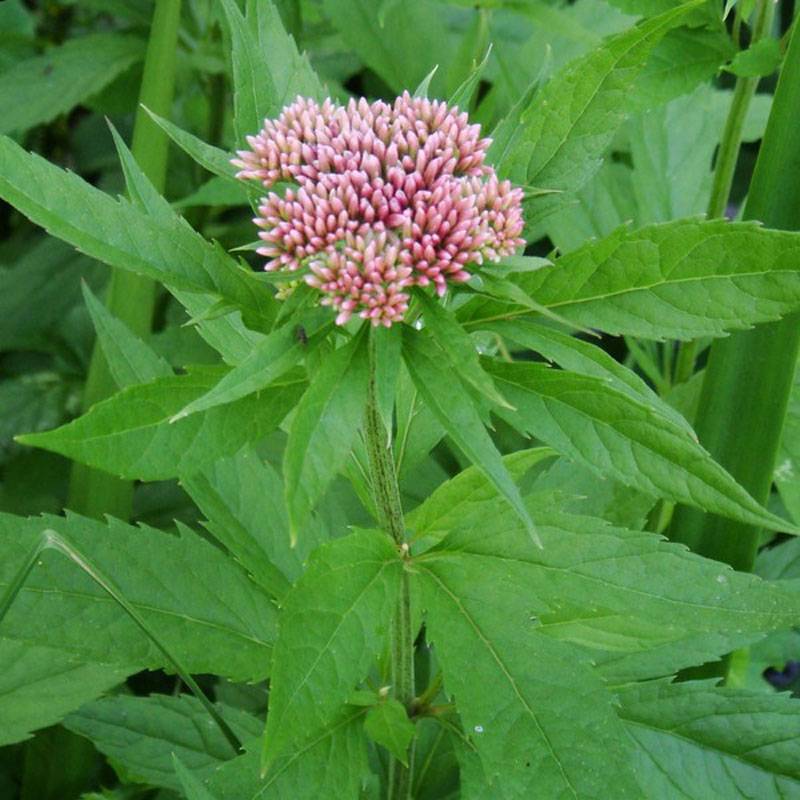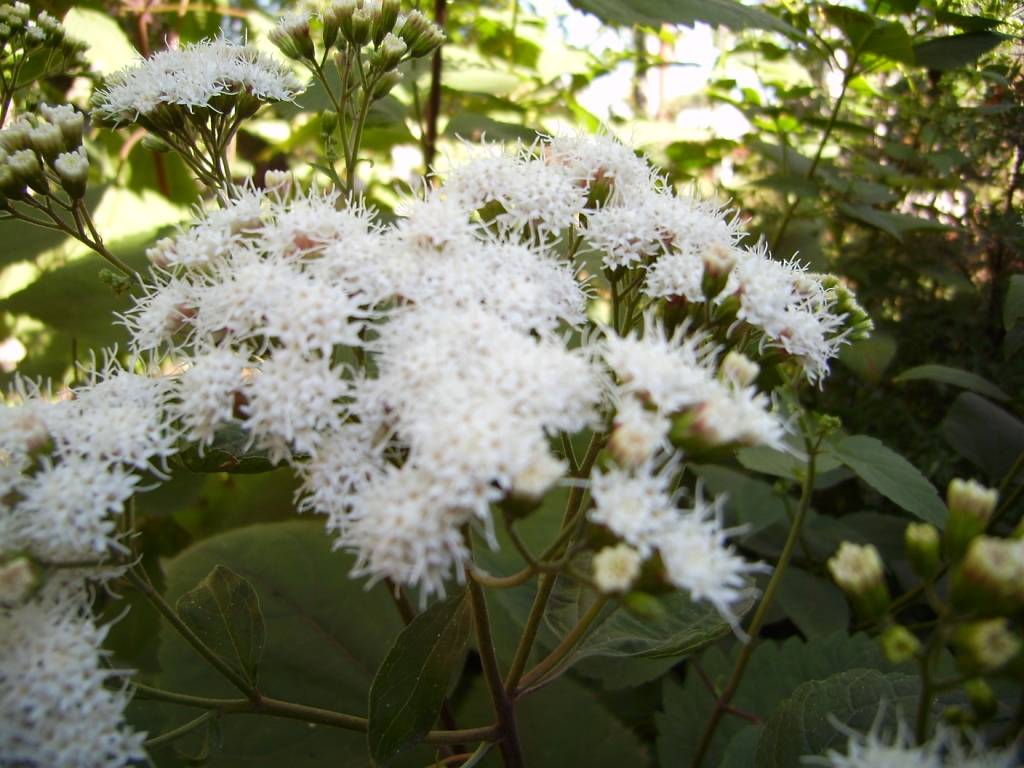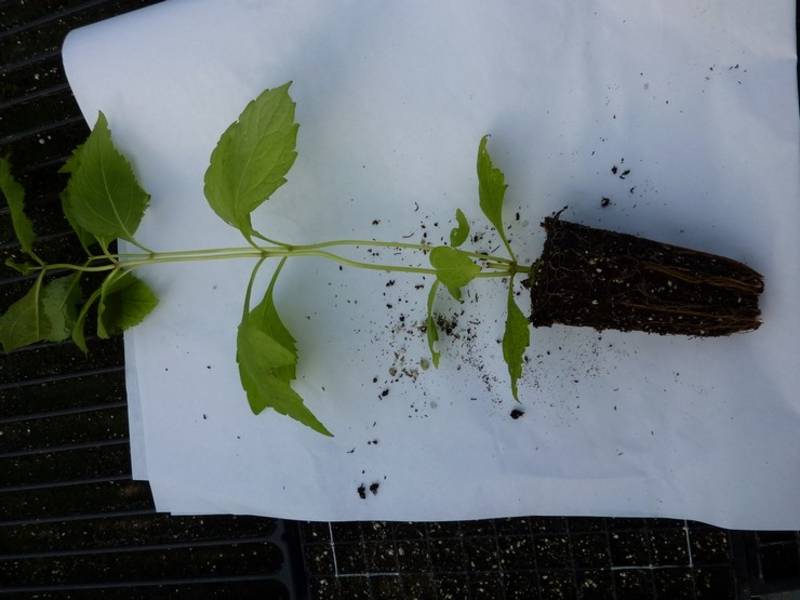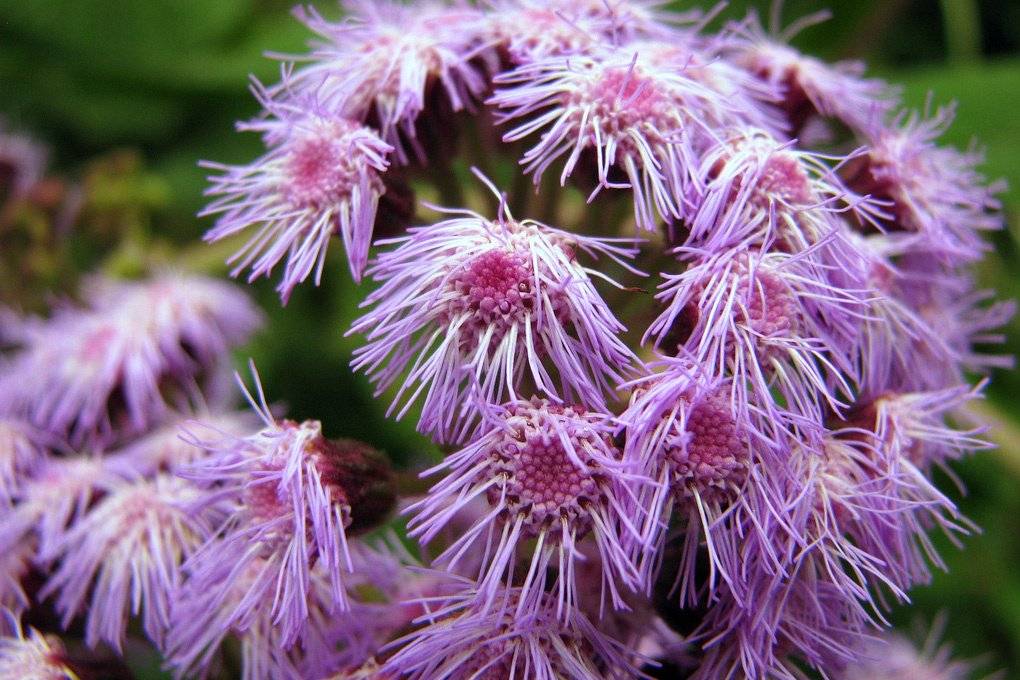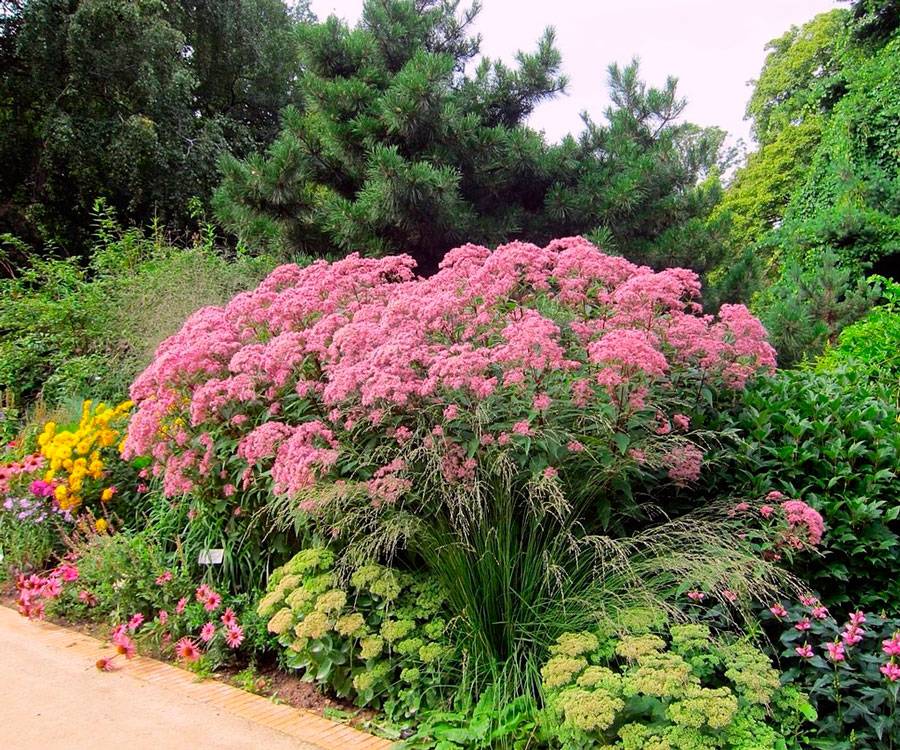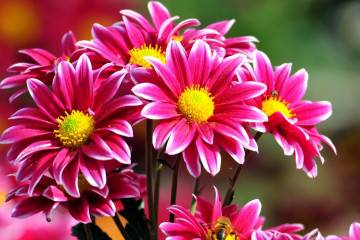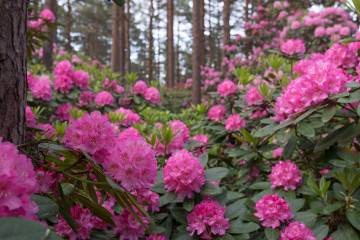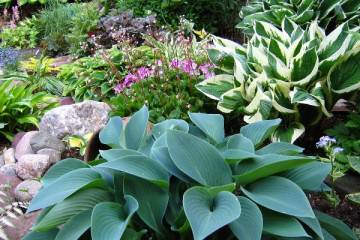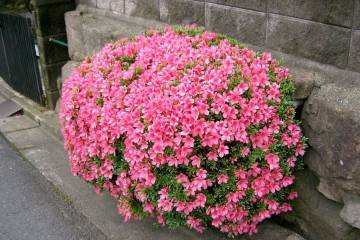Stem rose purple - planting and care
Content:
The purple rosewood is a beautiful, sprawling flowering plant that is great for decorating a garden space. The culture is included in a number of irreplaceable plants when creating perennial flower arrangements, but many of the domestic gardeners are not even familiar with it.
What does a purple stew looks like
Stem rose purple, like any plant, has its own distinctive external qualities and characteristics.
Description of the stethoscope
The plant has a short dense, weakly creeping rhizome and straight, more often bluish-green, stems up to 1.5 m high. It has large hairy oval-lanceolate leaves and serrated at the edges. Small flowers can be light pink, white, gray-pink, pink-violet, purple and lilac-purple colors. Flowers are collected in corymbose inflorescences (2-12 pcs.).
Briefly about the history of appearance
Bonebrush, also known as Eupatorium (from Lat.), Is named after the Pontic ruler Mithridates VI Eupator. It was believed that the plant was part of the antidotes, which were taken by the king to increase immunity from poisoning. The Russian name is associated with the similarity of the leaves with hemp, which was called "wilderness".
Bone sap: types and varieties
There are many varieties and types of this plant.
Spotted
Spotted Broom (Atropurpureum) has powerful and somewhat rough features. The grass has 1.8-meter erect stems on which whorled short-petiolate leaves are located. Ovate leaf plates are dark green or bluish in color. At the tops are loose inflorescences.
Cannabis
Hemp bristle has a half-meter erect stem, short petiolate and slightly fluffy 3-5-finger-separated leaves with serrate segments. At the tops are collected thyroid baskets with pink flowers.
White
White sapwood is a perennial light-loving and winter-hardy moisture-loving plant. A robust plant grows up to 2 m in height under optimal conditions. The flowers are white.
Other examples are also distinguished among the popular ones:
- variegated. A distinctive feature of the variegated steak is the variegated color of the foliage. As a rule, the leaves of such flowers are colored in several shades of green. The edges have a lighter shade, the centers are slightly more saturated-dark;
- hybrid. Plants have straight stems up to 2 m high. Elongated leaves are located in whorls. The flowers are small, tubular, and bluish-purple in color. Inflorescences are paniculate or complex corymbose;
- Fortune's stethoscope. One of the varieties of steep sap with variegated foliage and small dark pink inflorescences. The most lush flowering of the plant is observed in places with rich organic matter and moist soil.
How the stethosis reproduce
The flower propagates by dividing the bush, rooting cuttings and seeds.
Cuttings
The procedure is carried out at the end of June. To do this, cuttings with 3 buds are cut from the stalks and rooted in a greenhouse or covered with a jar. Landing in the ground is carried out in a sunny area in August.
Dividing the bush
The procedure is carried out from spring to the first half of summer. The stems should be 5 cm or more. For rooting, the shoots must be placed in containers. The sprouts are planted at a distance of 7 cm from each other.
Seeds
The seeds must be prepared in the greenhouse. 3-4 weeks after sowing, the first shoots are covered with plastic wrap, and when several leaves appear, they dive. Landing on the site takes place in the first half of June. The plant will bloom only after 2-3 years.
Basic rules for planting in open ground
Seeds are sown in heated greenhouses or in containers that are placed on the windowsill at home in early spring.
The seeds are not buried in the ground, but lightly sprinkled with earth, watered with a solution of potassium permanganate and covered with a plastic bag. After 20-25 days, the first shoots will appear, the shelter should be removed. After the appearance of 4-5 leaves, a dive should be made.
Landing in open ground
The flower can be planted in open ground after the threat of frost has passed, the best time is the beginning of summer. The plot should be sunny and well-drained soil. The distance between the plants (if there are several of them) must be maintained at least 40 cm. When planting, the rhizome is buried 5 cm into the ground. Until the time of rooting, the plant needs frequent watering.
Planting in a seedless way
Bonewood seeds can be planted directly in open ground in a seedless way. This is usually done in the autumn on pre-prepared beds. The advantage of this method is the absence of trauma to the rhizome during transplantation, this will allow the plant to be more robust. The non-seedling method also does not require growing seedlings, which, as a rule, takes up a lot of space on the windowsill and requires constant personal care.
Features of plant care
The sapstone needs moisture, so it needs to be watered abundantly and often. It is recommended to make at least three dressings per season (with complex mineral fertilizers): in spring, early summer and in the budding phase.
Bushy shrubs may also need a garter to a support. Pruning to form a bush is not needed, while pruning wilted inflorescences is still recommended. The flower is resistant to frost, so in winter it does not need to be covered.
An important period in the life of this plant is flowering. During the period when the stethoscope blooms, it needs special care.
Types of flowers:
- Little red. 100-centimeter bushes have wine-pink inflorescences;
- Little Joe. One meter tall bushes have inflorescences consisting of small smoky pink flowers.
The shape of the small flowers is tubular. Baskets, consisting of flowers, are part of complex panicle, corymbose or racemose inflorescences.
Flowering begins in mid-July and lasts over a month. After the end of flowering, the plant does not lose its attractiveness.
Changes in care during flowering
The plant needs a lot of sunlight for good flowering. After the flowers begin to gain color, watering should be slightly reduced. After flowering, wilted inflorescences need to be cut off.
Possible growing problems
Bristlecone is a plant that has a strong immunity to various diseases and has a special endurance that helps to survive the attacks of pests.
Leaf problems
If the edges of the leaves begin to dry out, then the plant does not have enough moisture.The leaves can also be affected by pests. They get rid of them by removing damaged leaves.
Pests
Pests are not very fond of attacking the bristle flower. The only threat comes from a miner fly, gnawing through tunnels in the leaves. To get rid of parasites, damaged foliage and shoots must be cut from the bushes. This will not harm the plant, since it tends to recover quickly.
Diseases
The plant is not susceptible to any diseases, with the exception of infrequent injuries from pests.
Signs of improper care
Sluggish and dull leaves are a sign of improper watering. If flowering did not start on time, then the plant does not have enough sunlight.
Use in landscape design
Bristlecone is a perennial, perfect for landscape design, because, having planted a plant once, it will be able to delight with its flowering for many years.
In the gardens
Sprawling bush-sap bushes visually enlarge the garden plot and go well with other plants. In the garden, Eupatorium perfoliatum (also known as steep) is preferably planted next to Echinacea, Buzulnik, Black Cohosh and Rudbeckia.
In cities
In cities, birchwood can be used as a protective plant. The flower will look perfect on the lawn in front of the house or right in the yard.
Subject to all the rules of planting, cultivation and care, the birch rose will be able to grow strong, tall and healthy. This culture will be able to please gardeners with abundant flowering, which will make it one of the main decorations in the garden.

